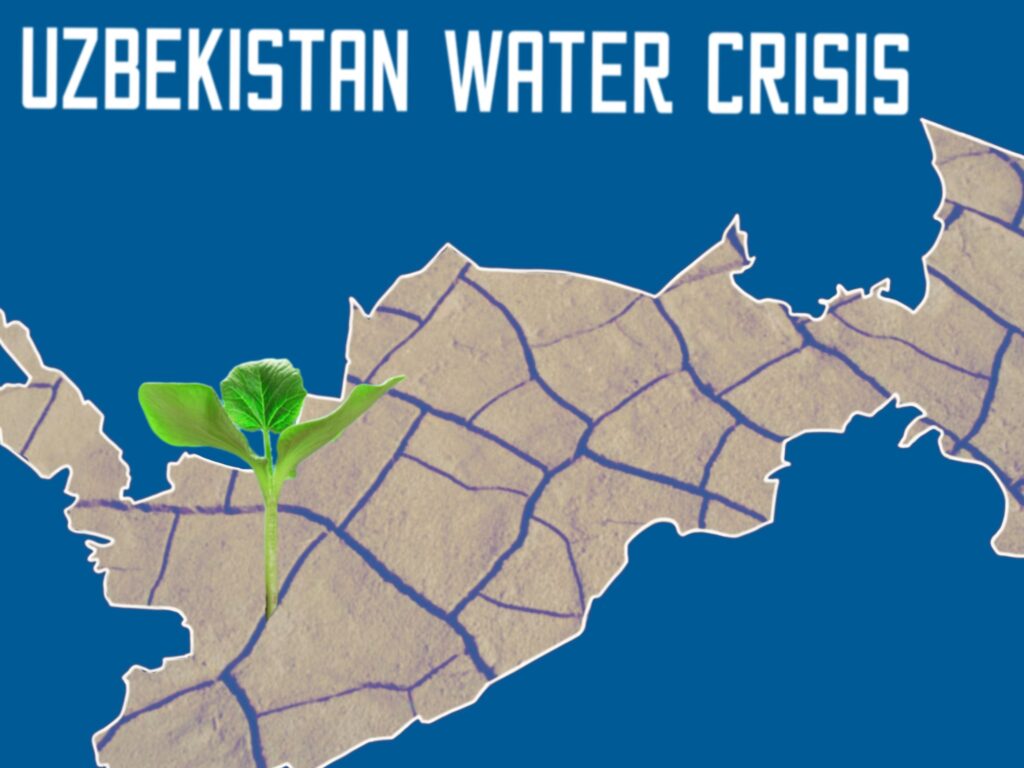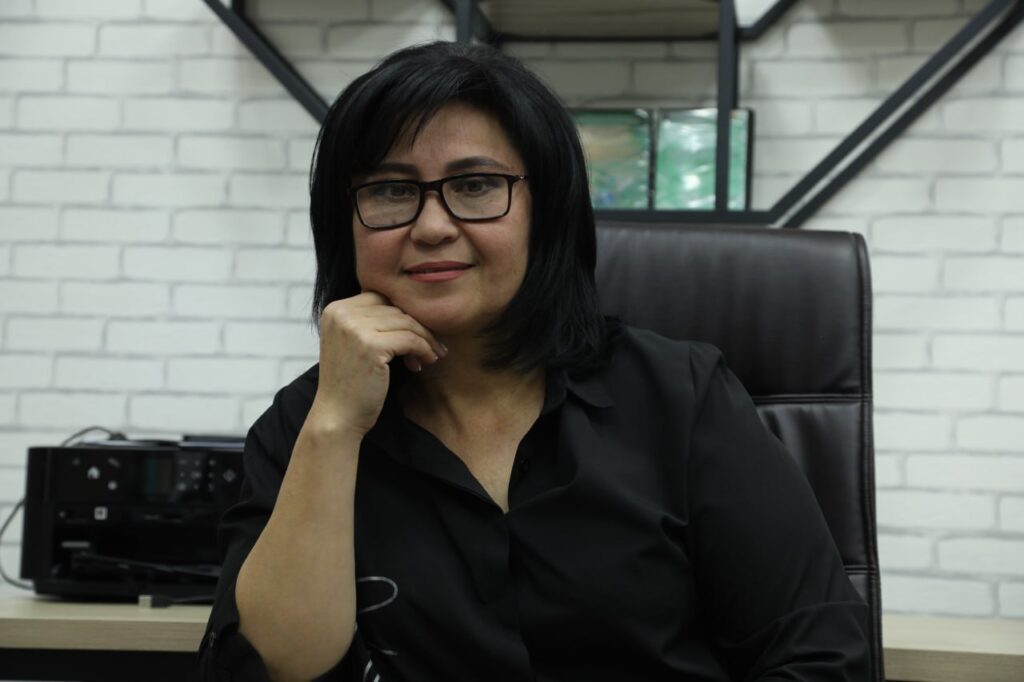Water Crisis in Uzbekistan: an interview with Eco-journalist Nargis Kosimova
For a long time now, there have been murmurs about the growing problem of water shortages in Uzbekistan. Every citizen is likely to remember, at the very least, public service announcements on television with calls to conserve water. Still, the issue began to really attract people’s attention after the last, rather unexpected hike in cold tariffs. Was this an indication of the situation deteriorating? What is going on with water resources, and what should we expect moving forward? To find out, we talked to Nargis Kosimova, an eco-journalist, teacher, media trainer, and doctor of philology, who has come to fame as the author of Ekolog.uz. What is the current situation with drinking water in Uzbekistan? The problem with water resources is particularly serious in Uzbekistan, now. Experts say that by 2030, the water deficit could reach 7 billion cubic meters, and this could double by 2050. Unfortunately, the climate is changing at a rapid pace. Our key rivers, the Amu Darya and the Syr Darya have seen their discharge decline 20% in just 50 years. Currently, we are also seeing dust storms and droughts, which are exacerbating the problem of water scarcity. The result may be a rise in the cost of fresh water and, consequently, food prices, with the entire economy of the country affected in turn. For example, over the past 15 years, the amount of water used per person in Uzbekistan has roughly halved from 3,000 cubic meters in 2008 to 1,500 cubic meters by the end of 2022. Nevertheless, water consumption per capita is still very high. for example, in Germany each person uses just 312 cubic meters of water each year, meaning that even though they have plentiful resources, Germans conserve a lot of water. Last year, we conducted a training session which was attended by 60 farmers. Unfortunately, not one of them, as they told us, had switched to water-saving technologies. when asked why not, they gave a wide range of answers, from a lack of money to the phrase, “Why [should we] if there is still water?” What measures can be taken to help avoid a water crisis? Many experts highlight drip irrigation as an effective way to rationally utilize resources. Even the Ministry of Water Resources noted that switching to this system would significantly reduce the stress on the country’s reserves. and at the same time, yields would increase significantly. Increasing prices on drinking water can also help avoid a crisis situation, while control over water usage should also be strengthened. A 100% transition to water-saving technologies in agriculture is needed, as well as protecting rivers from erosion. In Uzbekistan, starting on May 1st, an indefinite moratorium on the extraction of ore from the beds of large rivers will come into effect. Increasing construction and urbanization have led to almost uncontrolled extraction of sand and gravel, as a result of which riverbeds have been nearly degraded and the water has practically disappeared from these rivers. Moreover, it is not just water that...



